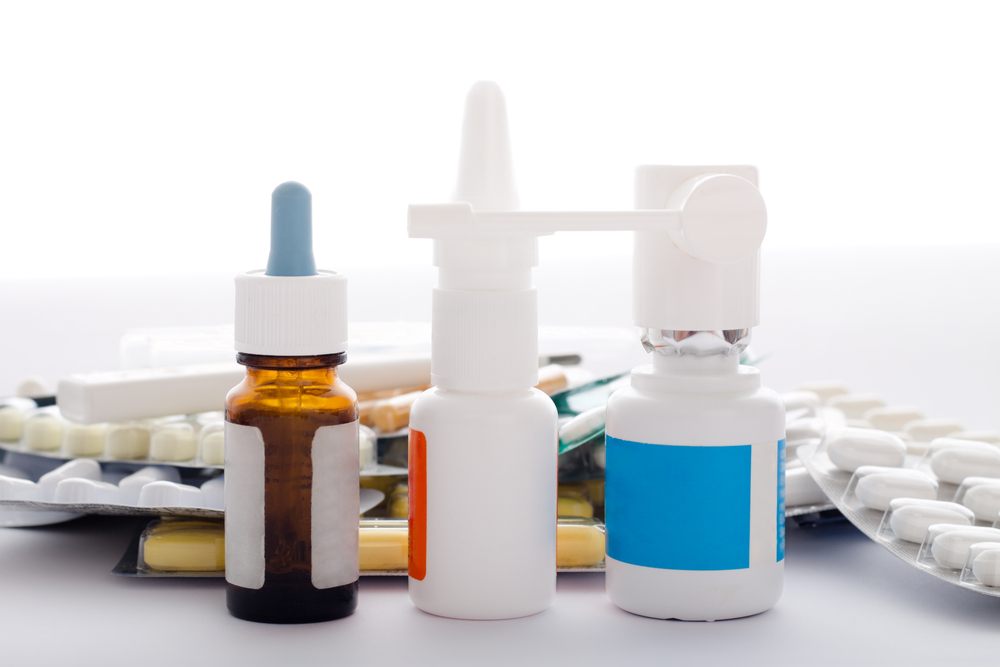Pilocarpine Effectively Treats Mouth and Eye Dryness in Sjogren’s Syndrome, Phase 4 Trial Shows
Written by |

Pilocarpine is an effective treatment for mouth and eye dryness in patients with Sjogren’s syndrome, a Phase 4 trial from Chile showed.
The trial compared the medicine to artificial saliva for 12 weeks in patients with primary and secondary Sjogren’s syndrome. At the end of the study, most patients in the pilocarpine arm were symptom-free, compared to half of those receiving the artificial saliva.
The study, “Pilocarpine and Artificial Saliva for the Treatment of Xerostomia and Xerophthalmia of Sjögren’s Syndrome: A double blind control trial,” appeared in the British Journal of Dermatology.
Sjogren’s syndrome is a chronic, autoimmune disease characterized by dry mouth and dry eyes. The disease can occur by itself – primary Sjogren’s syndrome – or be associated with another rheumatic disease like lupus or rheumatoid arthritis, called secondary Sjogren’s syndrome.
Studies with biologic medications such as Rituxan (rituximab) showed promising results, but more research is still required.
Among the treatment for dry mouth are therapies that stimulate the parasympathetic nervous system, like pilocarpine, a naturally-occurring compound in plants. These medications target receptors that bind acetylcholine (a neurotransmitter), and increase the secretion of salivary and lachrymal glands.
Research showed the effectiveness of pilocarpine to treat dry mouth after radiation, in graft-versus-host disease, and in opioid-induced oral dryness. Increased salivary flow has been shown after mouth rinsing with pilocarpine solutions at concentrations of 1% to 2%.
However, in Chile and other developing countries, pilocarpine tablets are not available to treat dry mouth, which leads to treatment with artificial saliva. Although artificial saliva can improve symptoms, it does not affect the production of saliva, and has been found to be expensive and ineffective by some patients.
Two prior clinical trials with Sjogren’s syndrome patients compared pilocarpine with artificial saliva in the treatment of dry mouth. Although pilocarpine demonstrated greater efficacy, a significant percentage of patients did not want to continue treatment. Others preferred artificial saliva because it is taken as a spray.
The research team conducted a double-blind clinical trial (NCT00438048) to compare oral drops rather than tablets of pilocarpine to artificial saliva to treat dry mouth and dry eyes in 72 adults with Sjogren’s syndrome. Patients were randomly assigned to treatment with pilocarpine or artificial saliva, both administered as 10 drops three times a day for 12 weeks.
Assessments of dry mouth and eyes were made every four weeks. Both objectives – total saliva and tear flow – and subjective (patient-reported) measures were analyzed, as well as adverse events.
Results showed that pilocarpine significantly increased salivary and lachrymal flow compared to artificial saliva. Subjective assessments demonstrated a similar effect.
The improvements with pilocarpine were sustained or even increased over the treatment period, the researchers observed. Both treatments were well-tolerated.
Among the study’s limitations, the investigators mentioned the potential lack of precision in the dose due to the formulation as oral drops.
“After seeing our results, we believe that pilocarpine is an excellent therapeutic option for patients with [Sjogren’s syndrome],” the researchers wrote.
However, they advise that treatment needs to be administered with caution in patients with heart disease and those with controlled pulmonary disease requiring other therapies.





